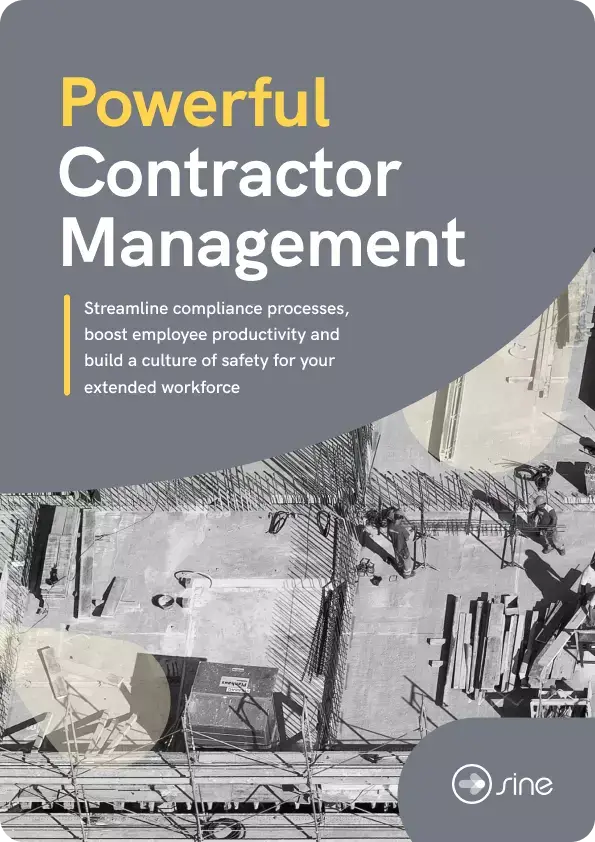Compliance audits are a useful tool to help ensure that your company is operating within the bounds of the law and meeting all relevant regulatory requirements. Regular compliance audits can help to identify and address any potential issues before they become major problems, assisting to protect your company from potential legal liabilities and financial penalties.
But how often should you conduct a compliance audit, and what should you look for during the process? Here are some key considerations to keep in mind.

An internal compliance audit is an evaluation of a company's policies, procedures, and internal controls to ensure that they are in compliance with all relevant laws and regulations. This type of audit is typically conducted by the company's internal audit department, or by an outside firm that has been hired by the company to conduct the audit.
You can think of an internal audit as something like a pulse check when it comes to your business. They help to ensure all procedures and policies are being followed within an organization and will alert you of any gaps that may exist in policy compliance. You can pinpoint any opportunities for improvement in the workplace and ensure that your business runs efficiently at all times.
Compliance auditing allows you to enhance consistency across the internal workings of your business to help ensure that you are operating within legal and regulatory requirements. This helps to build trust with customers, investors, and other stakeholders. In addition, compliance audits can help provide valuable insights into the company's operations and help to identify areas where the company can improve its processes and policies.
To be more specific, internal compliance audits can help your business:
1) Identify potential issues or risks before they become serious problems
2) Ensure employees are following proper safety protocols
3) Monitor employee performance
4) Assess new systems and processes
5) Detect any regulatory violations
6) Identify vulnerabilities in security measures
7) Investigate possible fraud
8) Ensure your company is meeting its financial obligations
9) Check for any legal breaches
10) Discover how well your business is performing
When conducting a compliance audit, you should focus on several key areas of your business. This may include reviewing your company's policies and procedures to ensure that they are up to date and in compliance with all relevant laws and regulations. You should also review your company's financial records and processes to ensure that they are accurate and complete, and you should evaluate your company's internal controls to ensure that they are effective in reducing the likelihood of fraud and other types of financial mismanagement.
In addition to these general areas, you should also focus on any specific regulations or requirements that are relevant to your industry. For example, if your company is subject to environmental regulations, you should conduct an audit to ensure that your company is in compliance with these regulations. Similarly, if your company is subject to privacy laws, you should conduct an audit to ensure that your company is properly protecting the personal information of its customers and employees.
First, it's important to understand that the exact frequency of compliance audits may vary depending on the specific requirements of your company and industry. In some cases, your company may be required to conduct audits on a regular schedule, such as annually or every two years. In other cases, the frequency of audits may be determined by the company itself.
Regardless of the specific requirements, it's generally a good idea to conduct compliance audits as frequently as necessary to ensure that your company is in compliance with all relevant laws and regulations. This might mean conducting audits on a yearly basis, or it might mean conducting them more or less frequently depending on the specific circumstances of your company.
Ultimately, the best approach is for a company to determine the appropriate frequency for its internal compliance audits based on its specific needs and the requirements of its industry. It may be helpful for the company to consult with legal and compliance experts to determine the optimal frequency for its internal compliance audits.
Conducting internal audits can seem like a daunting undertaking, but it doesn't need to be. To help make the process even easier, many organizations like to work with Sine to help streamline their processes and assist with ensuring requirements are continually being met.
Sine Workflows can help make conducting an internal audit a breeze by automating and digitizing regulatory compliance procedures such as document collection and verification — and can even send you automatic alerts when compliance documents expire.
Earthquakes, fires, floods, industrial accidents, and violence all affect the workplace. Being prepared to respond as soon as an incident occurs can be very important. That's why it's useful to prepare your people by having an evacuation plan for employees, visitors, and contractors on a worksite.
Plans, training, drills, and digital systems that can help facilitate the evacuation of people on your site to safety are increasingly saving lives. But while OSHA specifies that most businesses need an Emergency Action Plan (EAP) in place, many workplaces are still not prepared for an emergency evacuation. But the tools integrated into Sine's visitor management system can potentially be useful in assisting in the increasingly important process called "employee mustering" (or "emergency mustering").
Employee mustering systems usher your employees, visitors, and contractors to safety during emergency situations. Ideally, they allow building or safety managers to keep track of the people who enter a building or worksite and provide an accurate and up-to-date list of who is present and where they're located as soon as an emergency scenario occurs. And as you might imagine, this type of system doesn't work well with paper sign-in sheets or evacuation routes simply posted on the wall.
Emergency mustering systems can utilize VMS tools such as employee and guest check-in data, tracking information, and emergency SMS messaging in order to:
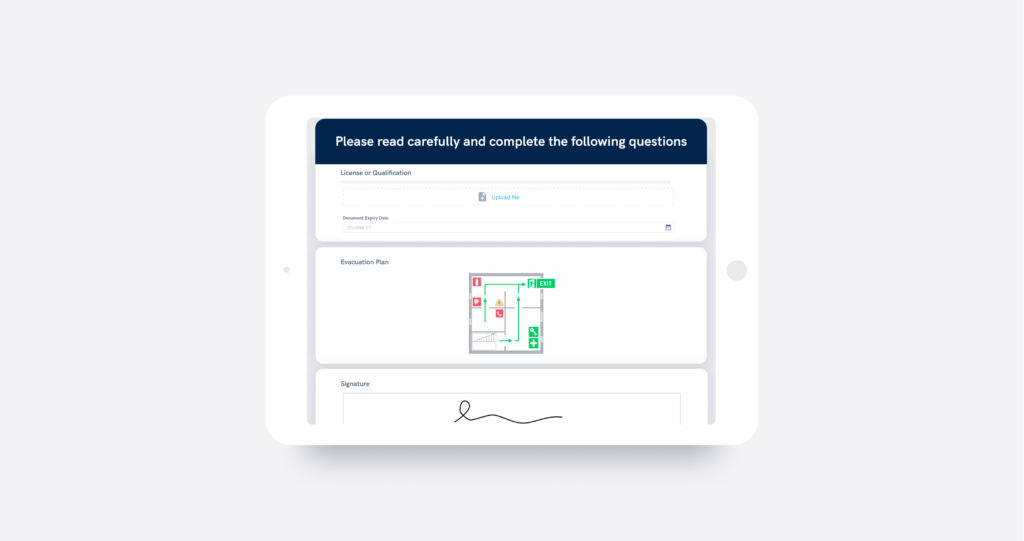
A crucial part of employee mustering is creating an evacuation point/safe meet-up space, aka a muster station. Ideally, this is where employees will head as soon as they're alerted to an emergency. These stations may be permanent installations, or they may be mobile and change depending on the emergency. Potential mustering points are typically identified during risk assessments and forming emergency response plans, and they need to be easily identifiable to workers and visitors either through signage or wayfinding technology.
Performing safety drills is a crucial part of your emergency planning. But in a true emergency, people may not always remember their training, or some mustering stations may be compromised. The benefit of having a portable electronic mustering solution is that it can be set up immediately in the aftermath of a crisis, and tools from your visitor management system (such as automatic alerts via SMS) can guide employees, customers, visitors, contractors, and others to the safest possible place in that moment.
There are emergencies we may be able to foresee and prepare for (such as the approach of a wildfire or an earthquake in an area prone to them). Businesses that deal with hazardous materials will typically have emergency plans in case of leaks or blasts. In these cases, mustering systems help facilitate an emergency response plan and provide occupants with the tools to locate a safe space.
Back in 2014, a survey found that 92% of Americans had lived through a natural disaster, yet 90% had never practiced an evacuation plan. Fast forward to 2021, when disaster events were at their highest in a decade and cost the U.S. $112.5 billion in addition. Floods topped the list of disasters. But in the workplace, events like fires were on the rise. The National Fire Protection Agency reported a 13% increase in workplace fire incidents in 2020 (totaling 111,000 fires).
While OSHA has guidelines on emergency preparedness, not every incident can be predicted. But that doesn't mean safety managers can't prepare. Employee mustering can also be used to deliver information to smartphones and devices that people look to first when a crisis occurs.
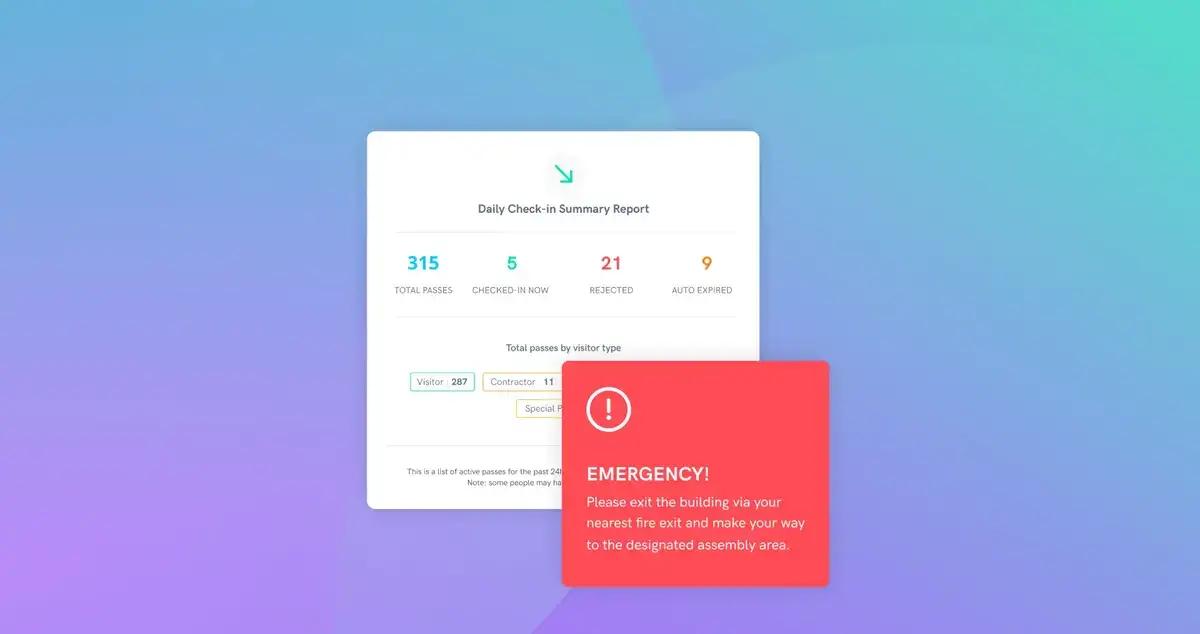
The best emergency preparedness plans involve clear evacuation plans, practice drills to ensure people know how to exit a building safely, and knowledge of both emergency meeting points and all-clear signals.
For organizations that have already invested in a visitor management system, such as Sine's, employee mustering becomes much more straightforward since the tools are already in place.
Here's what Sine offers safety and building managers who are trying to integrate emergency mustering into safety and security plans:
Employee mustering systems are an integral part of emergency evacuations because they help employers and building managers communicate with employees and visitors when emergencies hit and usher people to safety and ensure no one is left behind.
In order to safely and effectively employ an emergency mustering system, you need a way to track visitors electronically. That's where Visitor Management Systems (VMS) can help. In addition to processing visitors and collecting information to keep buildings safe and efficient, a VMS can help your organization digitize your employee mustering system to get the most out of your investment.
[ez-toc]
It has been a challenging few years for Australia, with the nation faced with the unprecedented impact of the Covid-19 pandemic whilst attempting to navigate toward a healthy economic recovery. Without a doubt, the pandemic has led to a significant increase in online shopping and parcel movements, taking a toll on postal companies pre-pandemic delivery strategies. In particular, the logistics industry has been burdened by this trend and has been forced to adapt to new systems and work practices, especially through the increase in demand for home deliveries and labor shortages.
The logistics industry is a vital element in the Australian economy, especially as we voyage toward the target of strong post-pandemic economic growth. This is especially relevant with its flexibility and resilience to constantly changing consumer demands and disruptions, alongside providing various employment opportunities.
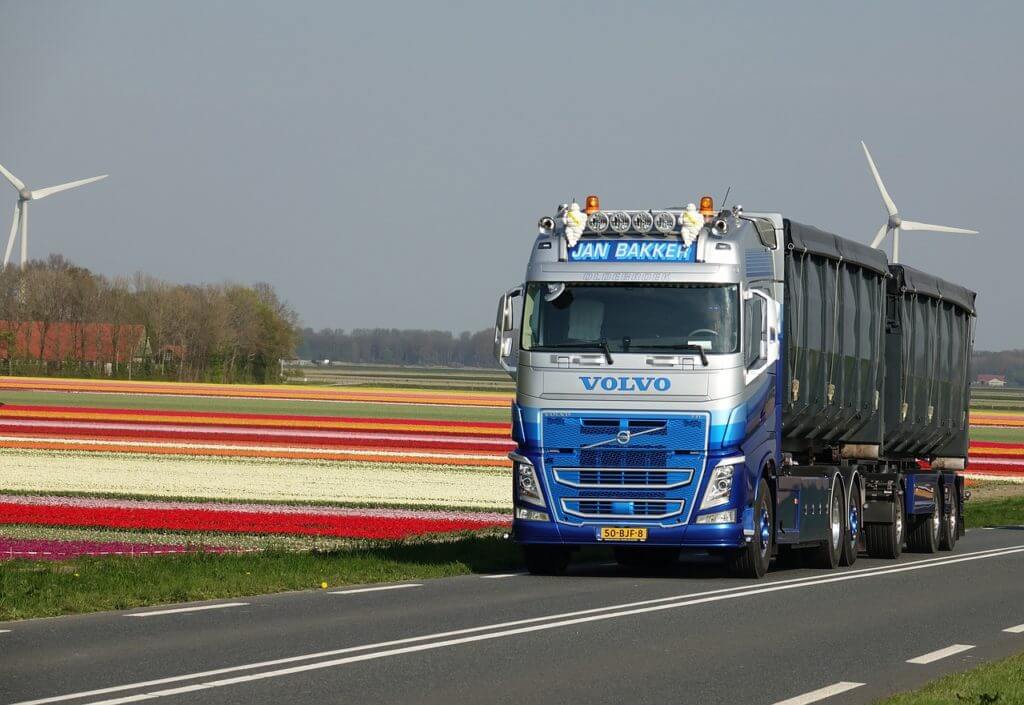
However, transport and logistics are one of the most dangerous occupations. This may be due to (but not limited to):
Chain of Responsibility (CoR) was introduced in Australia in October 2018, as part of amendments made to the Australian Heavy Vehicle National Law (HVNL). Under this legislation, all organizations that operate vehicles over 4.5 tonnes are expected to take proactive and responsible steps to run a safe and compliant business.
Even if you do not drive or operate a heavy vehicle, being a part of the supply chain means you share an equal responsibility to ensure the HVNL is being followed. Further, the CoR legislation exemplifies that any incidents or problems occurred throughout the supply chain may not be entirely the fault of the driver.
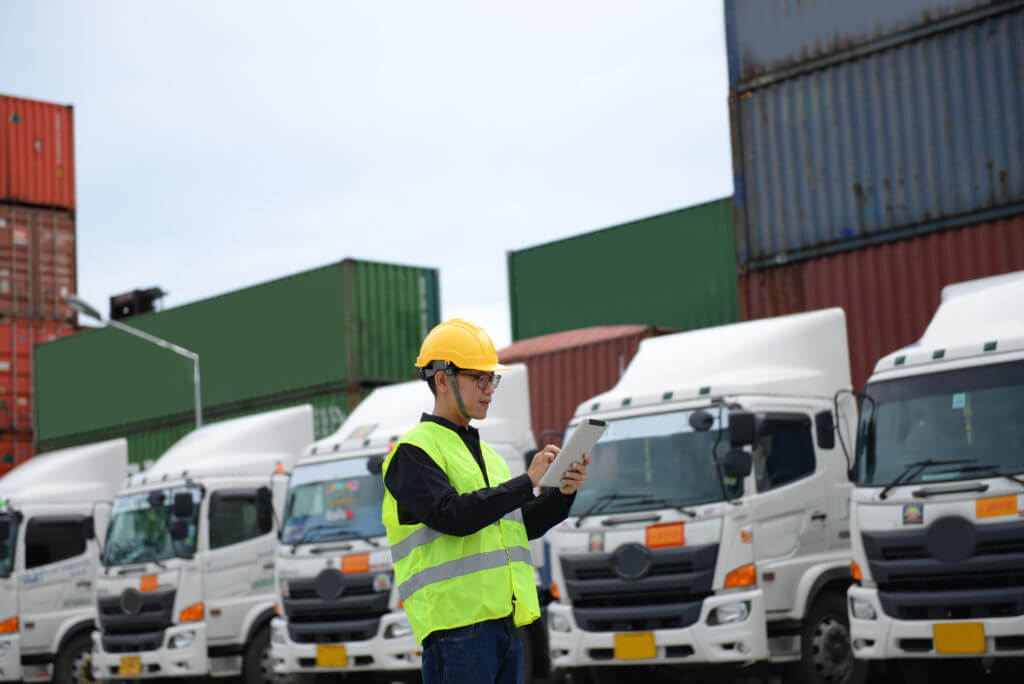
Chain of Responsibility breaches can occur in a variety of ways: For example:
The Heavy Vehicle National Law currently applies in:
The HVNL does not exist in Western Australia or the Northern territory. Instead, they choose to retain their transport management systems and laws to manage the industry-specific to the state or territory. However, the HVNL applies to vehicles from these areas if they cross the state or territory border. Despite states and territories having slightly modified sections around HVNL, or their legislation, the Chain of Responsibility (CoR) is paramount and relevant throughout Australia in achieving compliance and safety within the logistics industry.
For firms in the logistics industry, it is vital to ensure all relevant stakeholders are legally compliant with the Chain of Responsibility guidelines. This can help create a cohesive community of safety and accountability within the industry.
It can also serve as a guideline or reference for those in the logistics industry, helping them to ensure they are taking all the necessary steps to prevent an incident from occurring. These guidelines are also vital in ensuring employers, managers, and HR staff working within this industry are held accountable for ensuring the safety of staff members and are not forcing them to undertake unsustainable and unlawful levels of work.
According to the HVNL, any party involved in the supply chain has a responsibility to ensure compliance with road transport laws. Adding on, being part of the CoR stems from a function you perform in the supply chain, not because of your job title/description.
Parties that have a role in ensuring the Chain of Responsibility is being complied with consist of (but are not limited to):
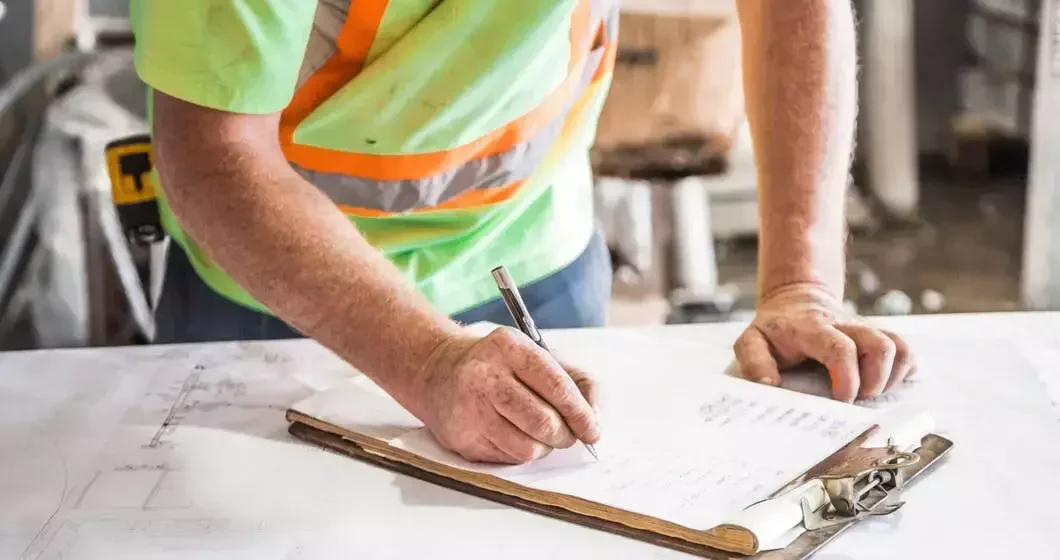
Sine offers robust solutions to help make compliance with CoR and workplace protocols a breeze.
Geofences can help the logistics industry streamline the check-in and out process, all while helping companies adhere to the Chain of Responsibility. Geofencing utilizes technologies such as GPS and IP addresses to build a virtual radius around a desired location, allowing your repeat visitors to automatically check in and out.
This can help ensure everyone in the supply chain is adhering to the Chain of Responsibility, enhancing visibility by receiving notifications when your visitor arrives and choosing to accept or reject with custom messages.
For instance, when a truck driver enters a pre-set geofenced area, it will automatically check them in. This can help maintain their attention on driving and assist managers to gain a clearer picture of who is coming and going from their site. Adding on, it allows managers to track employees, goods, and vehicles to help them comply with deadlines, manage deliveries more effectively, and adhere to the Chain of Responsibility.
Say one of your truck drivers is expected to arrive on-site on Tuesday at 3pm. However, you are notified that they checked in on Tuesday at 1pm, which is earlier than their expected time. This can give you insight into not only what time they are arriving on site, but whether they are complying with CoR policies. For instance, it may be an indicator they may have not taken an appropriate number of breaks, did not comply with speed limit regulations, or are being given unrealistic deadlines. No matter the reason, this provides an opportunity for all parties involved in the supply chain to help ensure the driver is taking reasonable steps to adhere to the Chain of Responsibility.
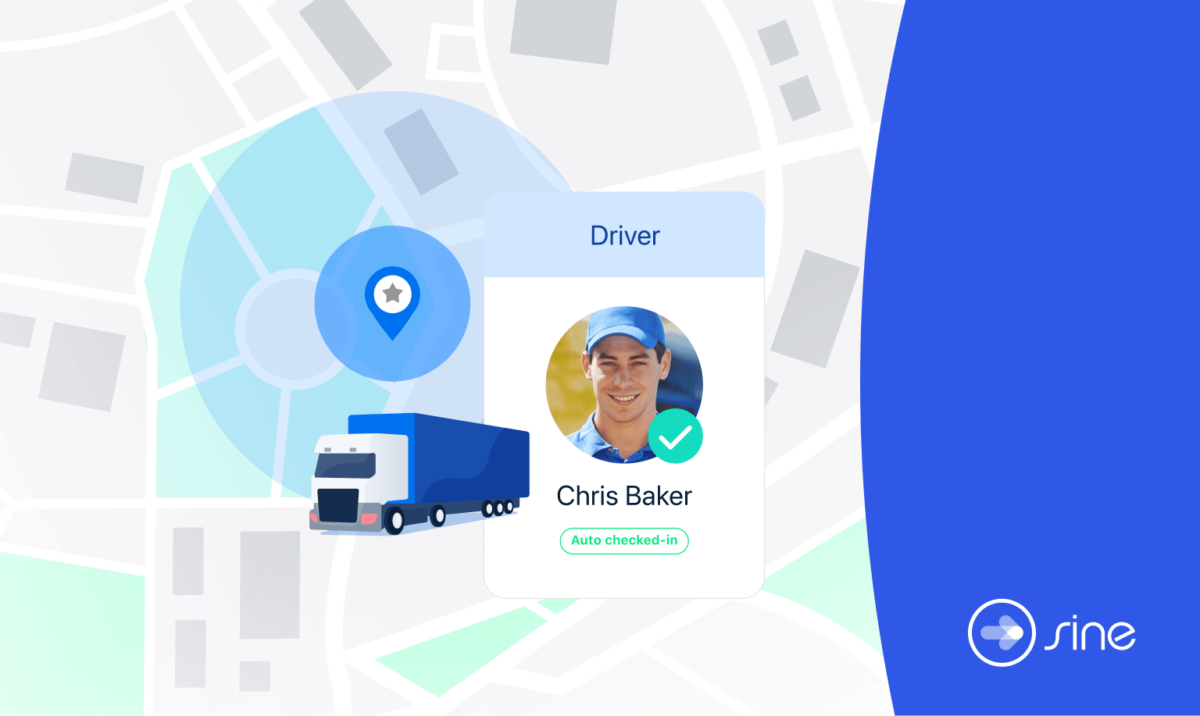
Geofencing can help ensure that everyone on site is kept informed. Users can receive notifications via SMS, email, or push notifications through the Sine Pro mobile app, letting them know of any important updates that may occur or in the case of an emergency.
Users can also be prompted to complete a check-out form upon check-out. This can be used to help comply with Chain of Responsibility requirements by asking questions such as:
And more
These reminders can serve as assistance to help keep your drivers informed of their part in staying safe and complying with the Chain of Responsibility.
From office branches to warehouses, Sine’s flexible visitor types allow for quick check-in and out for all your staff and guests. Whether it be staff, visitors, contractors, or couriers, choose from multiple visitor types.
A powerful web dashboard to help you manage your sites and gain valuable data over your work sites. The Sine Web dashboard gives managers a much-needed helicopter view over people operations across all your sites – in real-time.
For companies in the logistics industry, Sine Workflows can help take out the heavy lifting from your compliance processes. Of course, to ensure CoR is being followed, everyone in the supply chain must play their part and be accountable for non-compliance. Workflows are a powerful tool that can help companies make adherence to CoR far easier and more efficient. Furthermore, it can help the logistics industry ensure that staff members have the required training, documentation, and directions to undertake work safely and correctly. Set up single or multiple workflows for your sites and have workflows completed before, during, and after checking in to a site.
Sine helps to ensure only approved contractors or visitors enter your site after completing the required workflow, namely:
In the logistics and supply chain industry, Sine can simplify compliance with CoR and industry policies to help enhance safety, security and efficiency throughout your sites.
For more information around how to effectively manage contractors and enhance safety, security, and compliance, download our free contractor management guide.
